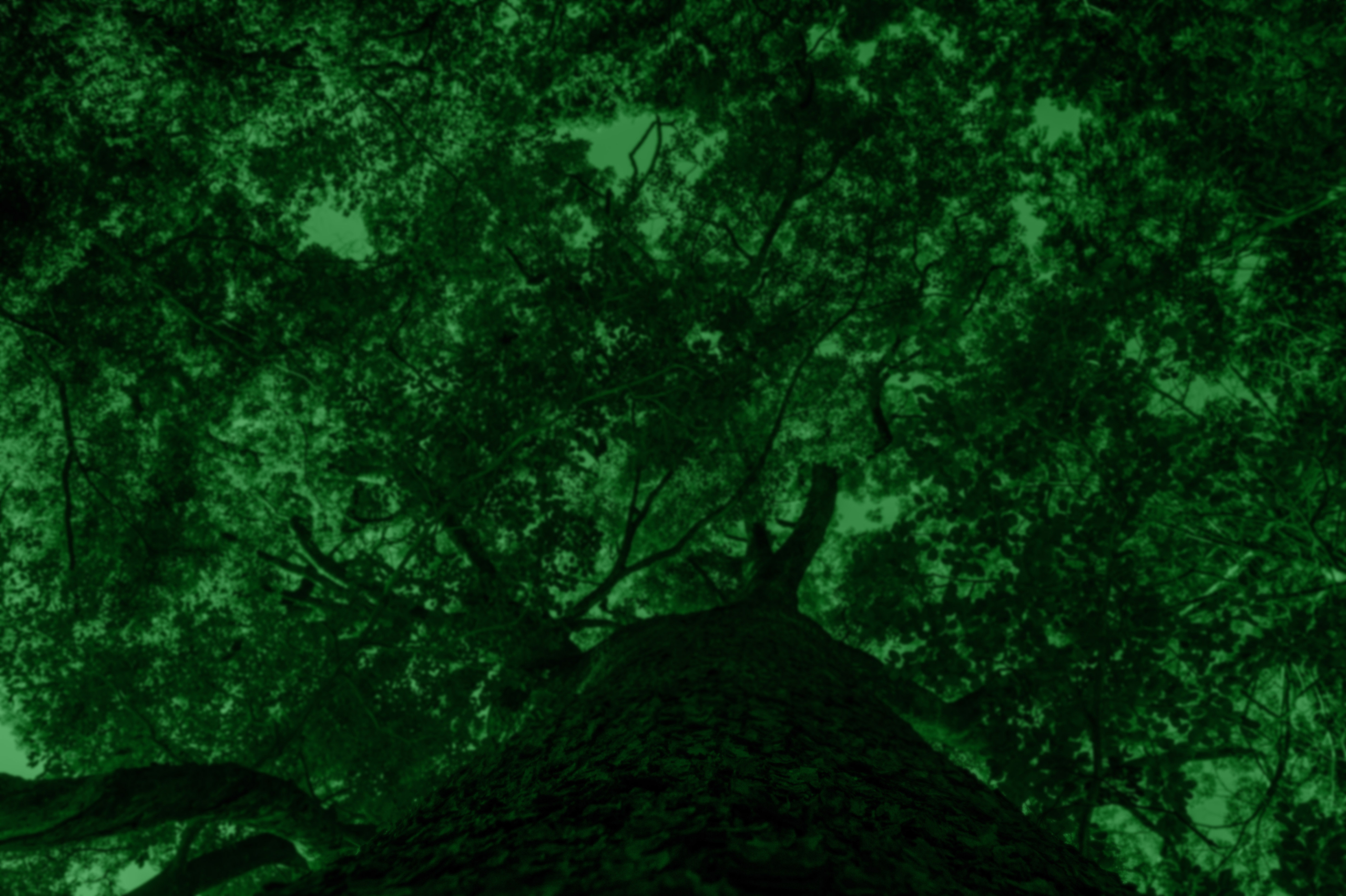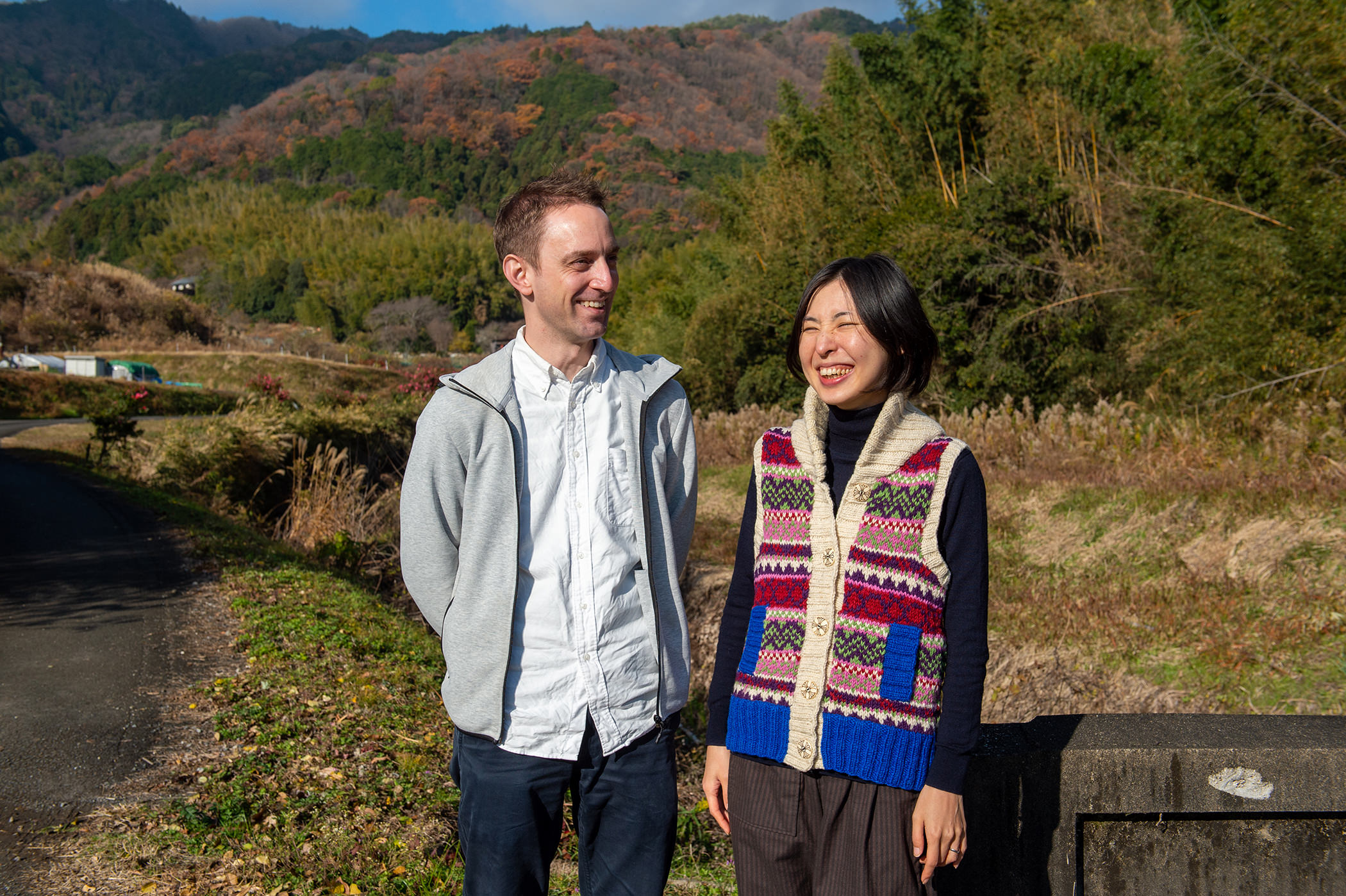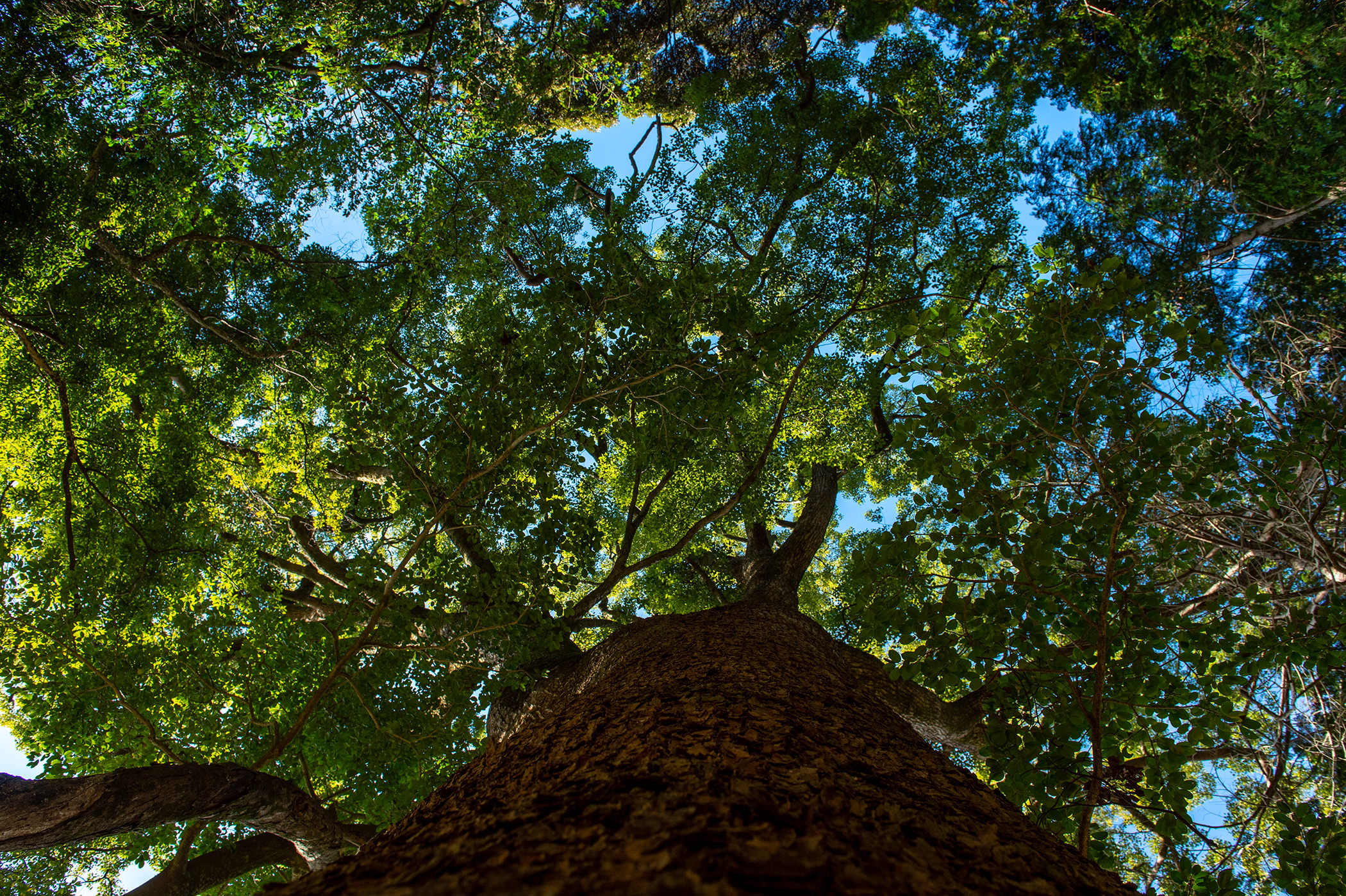
About the oharano.jp site
About Oharano
Oharano can be found in Kyoto’s Nishiyama, Rakusai area. Making up half of the Nishikyo ward (in the southwest corner of the city), it is bordered by Muko City to the east, Nagaokakyo City to the south, and the mountains to the west, where it connects directly to Takatsuki City in neighboring Osaka prefecture. No trains pass through Oharano; it’s a quieter part of the city filled with history, abundant nature, and seasonal produce. Oharano is little-known and in turn, often confused with the better-known Ohara area in the Sakyo ward, north of the city.
About oharano.jp
oharano.jp was started by local residents Duncan Brotherton and Asako Matano. This site is a Japanese/English bilingual platform showcasing information about the Oharano area and its surroundings.
You can hit the Explore page to browse Oharano’s attractions using a convenient map, or be guided by locals through recommended Oharano courses on the Routes page.
The organisers aim to gradually add content and offer a helpful information platform that will be around for years to come. Though Duncan and Asako planned/designed the site, and continue to interview, write, and translate its contents, their desire is to continually expand the community involved.
The website was built with the help of professionals. Duncan and Asako would like to thank the individuals and companies that sponsored its launch. It would not have been possible without everyone’s generosity.
- nest
- Ono Kenchiku Sekkei
- Cycle Base Asahi, Rakusaiguchi
- Oharano Shrine
- Sobakiri Kogoro
- Kurosuke Oharano Genki Batake
- Ueda Tofu
- Kyoto Uoka
- Kasuga no Chaya
- Yasumoto Yoshida
- Yoshinobu Komatsu
- Gregory Amboss
This project was funded by a grant from the Kyoto City, Nishikyo Ward Office.

In 2023 oharano.jp teamed up with Kyoto Nishiyama Oharano Hoshokai Association and received a grant from the Japan Tourism Agency to bring native English writers to Oharano and its surrounding areas to research and write for the website. Our thanks to the JTA and those involved in the project.
Managed by: Hirake! Oharano
Member profiles
Duncan Brotherton: Born in Australia, moved to Japan in 2001. Studied Visual Communication at university. Graphic designer, thinker and writer. In addition to design work, also teaches design and editorial design at arts universities. Board member of the Japan Typography Association.
Asako Matano: Freelance translator (JP⇔EN), teaches English at university. Became a Kyoto Certified Interpreter Guide (Kyoto City Visitors Host), in order to introduce Oharano to international guests.
Before oharano.jp
Text: Tomoko Okaku
In 2021, I got a message from Asako, an acquaintance I met 10 years ago at a writing workshop in Kyoto City. She asked me if I’d like to write something for a website she was making about Oharano. I went to visit the area to visit her and her husband Duncan, and to interview them about the story behind it.

How it all started
Before the two came to live in the traditional Japanese house we were chatting in, they were living in Osaka. A trip to Oharano on a day off inspired them to eventually move here in December 2013.
Asako: “It was the first time we’d visited, but I felt relaxed by the calm, quiet scenery. We’d been to visit Shoji-ji Temple, and on the walk back I suddenly said, ‘I reckon I could live here.’”
They spoke nonchalantly about their first walk through the area.
At the time, Duncan was working on designing a couple of free papers introducing art in Osaka and design in Kobe. He’s currently teaching design and editorial design at universities in the Kansai region. Asako was initially employed at a translation agency when they moved, but she only does freelance work at the moment, in order to spend more time in Oharano.
Asako: “I go for strolls and stare out the window between work; every day I remind myself what a good idea it was to live here. When we take our friends and show them the neighborhood, they always tell us how good it is, and leave with a nice impression. This got Duncan and myself thinking that we wanted more people to know about Oharano and come see it themselves. Those born and raised here might not notice how good it is, but we see it with fresh eyes.”
This led to the two making use of their skills and starting their free paper, Hirake! Oharano, which showcased the area from 2015 to 2017.
Hirake! Oharano also made space for the voices of local residents, such as a farmer selling vegetables in a self-made veggie stand, and a local resident caretaking a park with an enormous tree.
Asako: “When you take a trip, the experience is enriched through meeting locals. We moved here right at the end of the year, and straight away our neighbors invited us over to pound rice cakes together. The closeness and connection was unlike anything we’d experienced when we were living in an apartment. Thanks to all the relationships we’ve built with the people around us, Oharano feels irreplaceable—that’s why oharano.jp is not just about the sights but the wonderful people here too. We hope visitors do more than just visit; we want them to chat with the locals and have a good time too.”
The free paper they started has now moved to a new level.
Duncan: “At first, we started with a free paper that was designed around a map. The paper medium has its good points, but for the next stage I wanted to try to reach people in places we couldn’t send the paper out too. Hirake! Oharano is bilingual, but we had no idea if anyone from abroad was actually reading it. With a website, the whole world could have access.”
This led the two to start evolving ideas for the paper to become a website.

Vision
oharano.jp is built around the idea of introducing Oharano and the locals that Duncan and Asako know.
Asako: “The most important thing is being aware of and respecting the people who have lived here and made the place what it is; Oharano would not be the same without them. We hope that this website leads to lots of different people meeting each other.”
Duncan: “Also, we’re not out to create a sight-seeing area flooded with tourists. We want to show what we think is worth seeing. If that resonates with even a few people and it makes them want to visit, then great! Our job is to give people a nudge that will make them think, “You know what? I might pop over to Oharano,” and come spend a relaxing day here. There must be someone out there in the world who likes Oharano as much as we do.”
The site oharano.jp might make you a fan of the area, just like Duncan and Asako have become; give it a browse and see what you find.
Profile: Tomoko Okaku
Born in Tokyo, raised in Kyoto. After graduating from university, has engaged mainly in editorial work.
